Why Heber Needs a Bypass
Heber City’s Main Street (U.S. Highway 40) wasn’t designed to handle the amount of traffic it sees today. What was once a quiet mountain town road has become a bottleneck, choked with semis, commuters, tourists, and local drivers all fighting for space.
If you’ve ever tried to grab lunch at Dairy Keen or Tony’s Tacos, you’ve probably noticed that getting in and out of parking lots is a challenge because of non-stop traffic clogging Main Street.
The numbers back it up:
Daily Traffic: Heber City sees an average of 27,000 vehicles per day on Main Street, and that number is growing.
Truck Traffic: A significant portion of that traffic is semi-trucks passing through on their way to or from the Uinta Basin, causing additional congestion and safety concerns.
Projected Growth: With Wasatch County’s population expected to double in the next 20 years, traffic is only going to get worse.
Without a bypass, Heber’s traffic congestion will continue to increase, making commutes longer, pedestrian access more dangerous, and local businesses harder to access.
Where Will the Bypass Go?
The Utah Department of Transportation (UDOT) has been studying potential routes for the Heber Bypass for years. The goal is to divert traffic around Heber’s Main Street while minimizing impact on homes, businesses, and the environment.
As of 2024, UDOT has narrowed it down to three potential routes, all of which would connect Highway 40 south of Heber to Highway 32 near Jordanelle Reservoir.
Western Route: This option would direct traffic west of Heber City, running closer to Red Ledges and the Heber Valley Airport before reconnecting to the highway.
Eastern Route: This route would take traffic east of Heber, bypassing the city along the foothills before reconnecting to Highway 40.
Split Route: A combination of both, where passenger vehicles would take one route and truck traffic another.
Each option has pros and cons, and choosing the final route will come down to cost, environmental impact, and community input.
The Debate: Pros and Cons of the Heber Bypass
Like any major infrastructure project, the Heber Bypass has plenty of supporters and just as many critics.
Arguments in Favor of the Bypass:
✔ Reduced Traffic Congestion: Fewer semis and through-traffic means easier driving and safer streets for Heber residents.
✔ Improved Pedestrian Safety: Fewer big trucks on Main Street make it safer for pedestrians, cyclists, and shoppers.
✔ Boost for Local Businesses: Easier access to downtown businesses without semi-trucks clogging the streets could encourage more people to visit and shop locally.
✔ Better Air Quality: Less stop-and-go traffic means fewer emissions, improving air quality in the Heber Valley.
✔ Future-Proofing Heber’s Growth: Heber is growing, and planning ahead now means the city can handle future increases in traffic.
Arguments Against the Bypass:
❌ Cost: Large infrastructure projects are expensive. The Heber Bypass is estimated to cost hundreds of millions of dollars, and some argue that money could be better spent elsewhere.
❌ Impact on Landowners: Some of the proposed routes cut through private property, meaning landowners may lose land or be forced to relocate.
❌ Effectiveness: Some critics argue that the bypass won’t fully solve congestion, especially if Heber’s population keeps growing at its current rate.
❌ Environmental Concerns: Heber’s natural beauty is one of its biggest draws. Some bypass routes could impact wildlife, open space, and water resources.
❌ Potential Harm to Downtown Businesses: While some believe a bypass will help local businesses, others worry it could divert tourists and visitors away from downtown, reducing foot traffic to shops, restaurants, and attractions like the Heber Valley Railroad.
What’s Next for the Heber Bypass?
As of 2024, UDOT is still evaluating potential routes and gathering community feedback. The project is expected to move forward, but the exact timeline is uncertain.
Here’s what to expect:
Final Route Selection: UDOT is expected to make a final decision on the route in the next 1-2 years.
Environmental Impact Studies: Once a route is chosen, studies will be conducted to minimize negative impacts on landowners and wildlife.
Funding and Construction: If all goes as planned, construction on the Heber Bypass could begin within the next 5-7 years.
For now, Heber residents have an opportunity to make their voices heard. UDOT regularly hosts public meetings where locals can provide input on the bypass project.
Final Thoughts
The Heber Bypass is one of the biggest infrastructure projects in Heber City’s history, and it has the potential to reshape the town for decades to come.
Supporters see it as a long-overdue solution to the city’s traffic congestion, while critics worry about cost, land use, and unintended consequences.
One thing is clear: something has to be done. Heber City isn’t the small town it used to be, and as growth continues, planning for the future is essential. Whether the bypass ultimately helps or harms Heber’s charm remains to be seen, but it will undoubtedly play a major role in shaping the future of one of Utah’s most rapidly growing communities.
What do you think—is the Heber Bypass a necessary solution or a misguided project?
